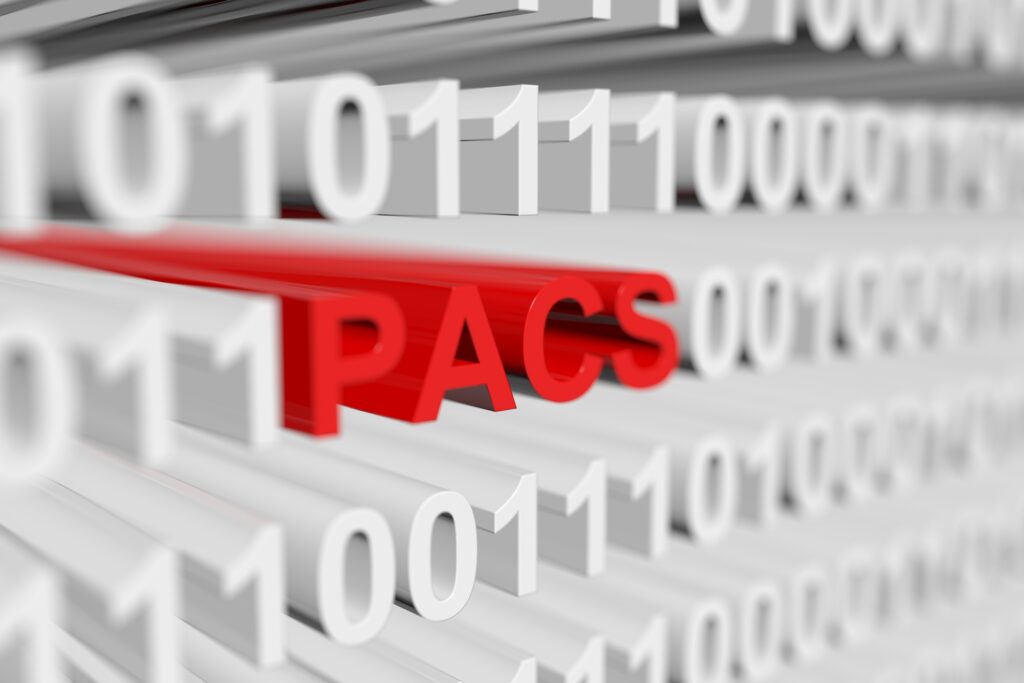Prefetching
Prefetching is an innovative optimisation technique employed in various computing systems, with the primary objective of enhancing performance and user experience. It involves predicting and loading data or instructions into a faster storage medium (like a cache or a buffer) before the processor or user explicitly requests them. This technique reduces the time to access that data, thereby minimising latency and improving overall system responsiveness.
The concept of prefetching originated in computer architecture, specifically targeting cache and memory systems. Modern processors have multiple cache hierarchies (L1, L2, and L3 caches) that act as intermediary storage between the CPU and the slower main memory (RAM). These caches store frequently used data and instructions, allowing the processor to access them more rapidly. Prefetching algorithms are designed to identify and load data into these caches, predicting which memory locations will most likely be accessed soon. This proactive approach helps avoid the performance bottleneck caused by cache misses and the subsequent need to fetch data from the main memory.
Prefetching techniques can be broadly classified into two categories: hardware-based and software-based. Hardware-based prefetching is implemented at the processor or memory controller level and typically involves dedicated hardware units that monitor memory access patterns and generate prefetch requests. Examples of hardware-based include next-line, stride, and stream buffers. On the other hand, software-based is incorporated into the program code or the operating system, leveraging compiler-generated hints or explicit prefetch instructions to guide the process. Software-based prefetching can be further divided into static and dynamic systems.
In recent years, prefetching has also found its way into other domains, such as web browsing and content delivery. For example, in web browsing, prefetching techniques fetch resources like images, stylesheets, and scripts from web pages even before the user explicitly requests them. This leads to a faster browsing experience, as the browser can quickly display the content when users click on a link or navigate to a new page. Similarly, content delivery networks (CDNs) use prefetching to cache common content closer to the end users, ensuring faster delivery and reduced latency.
The accuracy of prefetching algorithms is crucial, as incorrect predictions can lead to cache pollution and even degrade system performance. Moreover, it can increase power consumption and bandwidth usage, which can be detrimental in resource-constrained environments.
You are here:
home » prefetching

